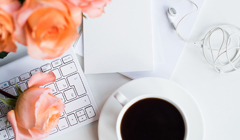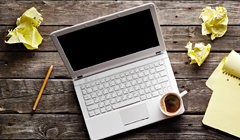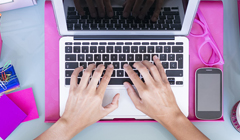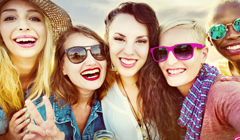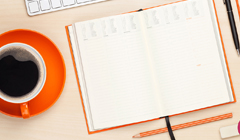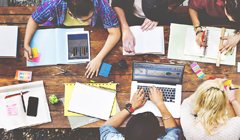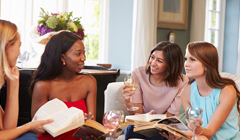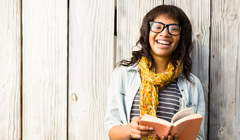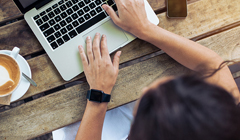- Meryl Jaffe
- Facial Literacy Or...Securing Social Skills - Part 1
Facial Literacy Or...Securing Social Skills - Part 1
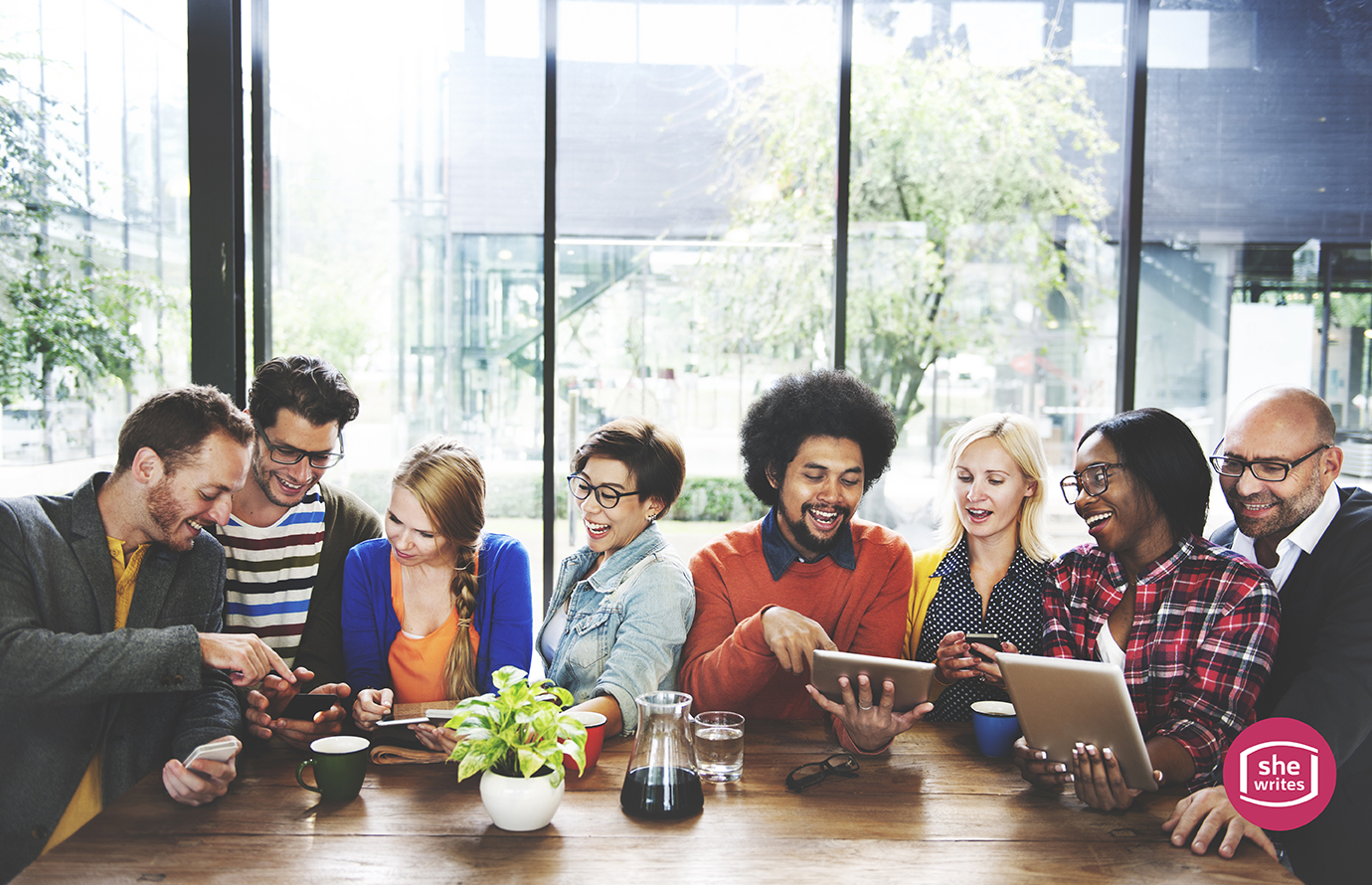
Contributor
In my training as a school psychologist and lead facilitator for Mel Levine's Schools Attuned program one issue that kept coming up was the difficulty we professionals have with teaching or providing remedial intervention for kids with weak social skills. In my opinion, there are many reasons for this difficulty, but one of them is that kids with weak social skills have trouble interpreting facial and non-verbal cues.
This is a vital skill when interacting with others because the face provides information that words often do not, or that may for various reasons conflict with verbal information. Reading these emotions are so important for social (and sometimes for physical) survival.
Reading faces: When reading faces there are a number of factors that need to be integrated:
- Eye Contact: When speaking with people it is important to look at them in the face (but not to stare). We equate having eye contact with a sense of interest and honesty, and when people cannot look us in the eye, we are more wary and apprehensive.
- Eyes also express emotion, excitement, exhaustion.
- Eye brows communicate emotion and excitement as well. A raised brow appears questioning or possible excitement. A furrowed brow expresses anger; a relaxed brow contentment.
- Our mouths, even when not talking are expressive as well. We frown, smile, smirk, pout, grimace, gag, and gasp. Each nuanced move expresses an emotion or reaction.
Other non-verbal cues essential for reading others: Listening (not just hearing, but listening) and processing what is being said, reading faces, reading posture, understanding and being able to adhere to a 'social distance' when interacting, and acknowledging (if not agreeing) with others' responses, feelings and perceptions are all integral to social success. In time, I hope to cover all these factors, but let's start with Facial Literacy now, and build from there.
So what can you do to help your kids' "Facial Literacy"?
- Make faces. Play games. Have one person/team make a face and have the others guess the emotion they are trying to relay. IF you don't guess correctly talk (and listen) about what was 'misread'.
- Talk about what the consequences are in social interactions when you make different faces.
- Picture books and graphic novels are great books to read faces with - together. Look at the facial cues the artist is giving. One of my favorite examples is in Laika by Nick Abadzis (First Second Books). As this story takes place in Soviet Russia in the 1950's and is about the space race, the main characters cannot frequently say what they are actually feeling and it is through the facial expressions and body language found in the illustrations that the reader "reads" their true intent.
- When out at restaurants, on walks, waiting on lines in the supermarket, look at faces and make up stories about what these people may be thinking or feeling. It helps boost creativity as well as verbal and non verbal expression and social cognition. Just do it tactfully and politely so as not to offend someone you do not want to offend.
- Draw faces with different expressions on cards. Make a separate card with the name of the corresponding emotion. Play memory or matching games with the cards.
What do you do to help your kids with facial literacy? Please let us know at: http://departingthetext.blogspot.com
Writing Status Badges
Writing Status Badges help you distinguish yourself based on different stages of your writing life cycle.













Brainstorming

Outlining

Researching

Writing

Revising

Querying

Preparing to Publish

Under Contract

Publishing

Promoting

Blogging

In Between Projects
Writing Status Badges
Writing Status Badges help you distinguish yourself based on different stages of your writing life cycle.













Brainstorming

Outlining

Researching

Writing

Revising

Querying

Preparing to Publish

Under Contract

Publishing

Promoting

Blogging

In Between Projects
Featured Members (7)
Writing Status Badges
Writing Status Badges help you distinguish yourself based on different stages of your writing life cycle.













Brainstorming

Outlining

Researching

Writing

Revising

Querying

Preparing to Publish

Under Contract

Publishing

Promoting

Blogging

In Between Projects
Featured Groups (7)
Trending Articles
RELATED ARTICLES
Comments










